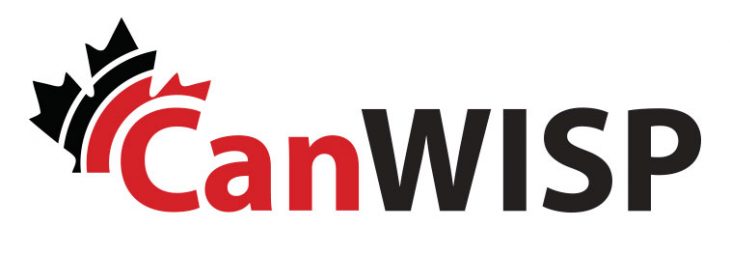
By Ahmad Hathout
The head of an organization that represents independent fixed-wireless providers said its members are being tangibly harmed by Innovation Canada’s lack of movement on processing their data in the federal broadband map.
Innovation Canada (ISED) told the Canadian Association of Wireless Internet Service Providers (CanWISP) in a January 2022 meeting that the department will not be accepting fixed-wireless coverage data for the federal broadband map, which the government uses to allocate federal funds, according to a letter sent earlier this month to Rural Economic Development Minister Gudie Hutchings.
ISED officials told CanWISP, according to the letter, that the “data was difficult to process and that they were working on a new process.” Last month, ISED told the association that they were still not accepting its members’ data, according to the association.
CanWISP executive director Jonathan Black told Cartt in an interview that the difficulty, as ISED officials put it, lies in how to measure a wireless signal from a tower to a building – as opposed to a fiber line, which is a tangible cable going to the premises.
Because of this, according to the letter, those ISPs serving rural parts of the country have not been able to update ISED about their coverage “for at least a year.” That means the federal department that manages a more than $3-billion Universal Broadband Fund could be approving grants in areas that already have coverage by these ISPs, creating an overbuilding scenario that could push these providers out, he said.
Over the years, ISED has been making improvements to the granularity of the map, including moving from a broad 25-kilometre-squared coverage area – in which an entire area is considered covered by certain speeds if one house in the area has them – down to 250-metre road segments. That level of granularity is being used for the UBF program.
“For the past year or more, government subsidy programs for rural internet have not been taking into account the true fixed-wireless coverage,” said the letter, signed by CanWISP president Scott Holmes. “This situation should never have occurred and should have been fixed many months ago, before small family-owned businesses invested their money in expanding and updating the services they have been providing to rural Canadians for years.”
Black said CanWISP members have been significantly impacted by the lack of data in the map because large players are coming into their territory with federal grants they themselves are not getting. These members are also not big enough to get broadband loans from the Canada Infrastructure Bank, he added.
“Denying these service providers the ability to update the internet service ability map with their coverage areas is anticompetitive and wrong,” the letter said. “The death by a thousand policy decisions has put small rural service providers on the brink of extermination.”
In response to questions from Cartt.ca, ISED said it made a “significant update” to its map with the results of a new fixed wireless assessment tool. “The FWA tool will help ensure consistent evaluation of fixed wireless services, and reliable information to Canadians,” a spokesperson said in a statement.
“The Government of Canada thanks CanWISP members for their participation and collaboration in the launch of the FWA tool. This work is crucial to improving the accuracy of the Internet service availability information that is made available to the public. ISED works with the CRTC, other federal departments, and provincial and territorial partners that fund broadband investments to update the map data.
“Any initiatives announced and validated following the October 2022 update will be included in the next update,” the statement continued. “ISED will be updating the map twice yearly going forward. The next update to the map will be in early 2023.”
But in response, Black said while the tool may help ISED with the process of verifying FWA data, the department is still not accepting the data.



